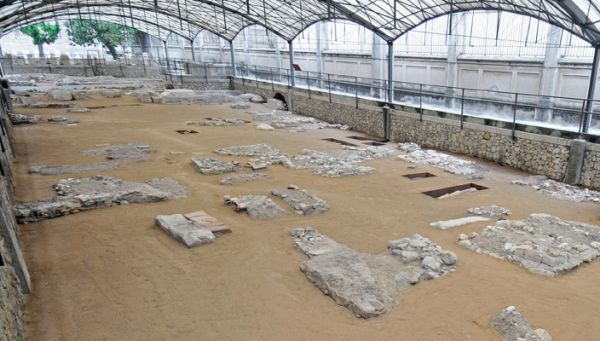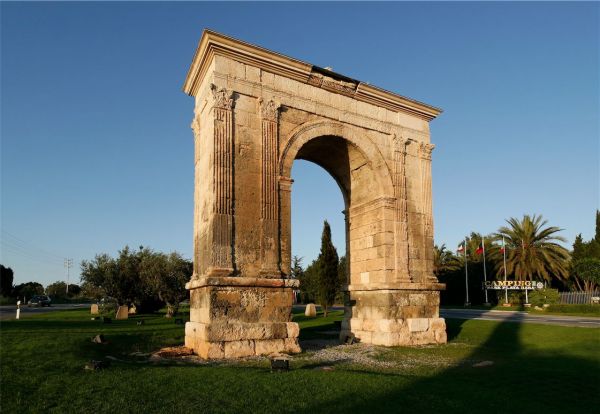Tarragona was one of the main cultural, political and military centres of the Roman Empire on the Iberian Peninsula and it was the capital of the province, first of Hispania Citerior, or 'Nearer Iberia' and then of Hispania Tarraconensis.
In 2000 the large group of
archaeological remains of the Roman city of Tarraco, present-day Tarragona, was declared a
World Heritage site by UNESCO on account of its size, and the density and quality of the remains, which are now recognised as being of
incomparable and universal value. They include numerous buildings dating from the 3rd century BCE to the 6th century CE and they are in very good condition.
THEATRE, CIRCUS AND AMPHITHEATREYou could start your tour by visiting the three buildings intended for putting on a show:
the theatre, the forum and the amphitheatre, the latter being the most iconic of the three. It was located outside the city walls, near the
Via Augusta and the beach, where the animals that were to take part in the entertainments were unloaded. It was the site for
gladiatorial combat and battles with wild animals, as well as for public executions.
PALEO-CHRISTIAN NECROPOLISThe early
Christian necropolis is bordered by Avinguda de Ramon i Cajal, Avinguda de la Independència, the Fàbrica de Tabacs and Avinguda del Cardenal Vidal i Barraquer. It is one of the most extensive and important
burial grounds in Tarraco and, with more than
2,000 tombs, is considered to be one of the largest and most important
cemeteries in the western Roman Empire.
THE CENTCELLES ROMAN VILLAAfter visiting the sites within the city of Tarragona itself, you could take a 6 km trip to
Constantí to visit the
Centcelles Roman villa, a building of key importance in
early Christian art. One of the rooms contains a
dome mosaic, in exceptionally good condition, on a Christian theme. It is the
oldest in the Roman world.
DELS MUNTS ROMAN VILLAIn
Altafulla, just 20 minutes by car from Centcelles, you could finish your tour by visiting the
Dels Munts Roman villa, the remains of what was once a large
residential complex. It was one of the most important ones in its category on the Iberian Peninsula and it is an example of the kind of residence a
high-ranking official in Tarraco would have expected to have.
If you would like to find out more about the history of Tarraco, pay a visit also to the
Museu Nacional Arqueològic in Tarragona, the most important Museum for the conservation and dissemination of Tarragona's Roman heritage, and of key importance for understanding our history. You might also like to visit the
Arc de Barà and the
Torre dels Escipions.
Have we managed to inspire you? If you have any other interesting suggestions please send them to us on Facebook or publish your photos on Instagram with the hashtag #patrimonicultural 

